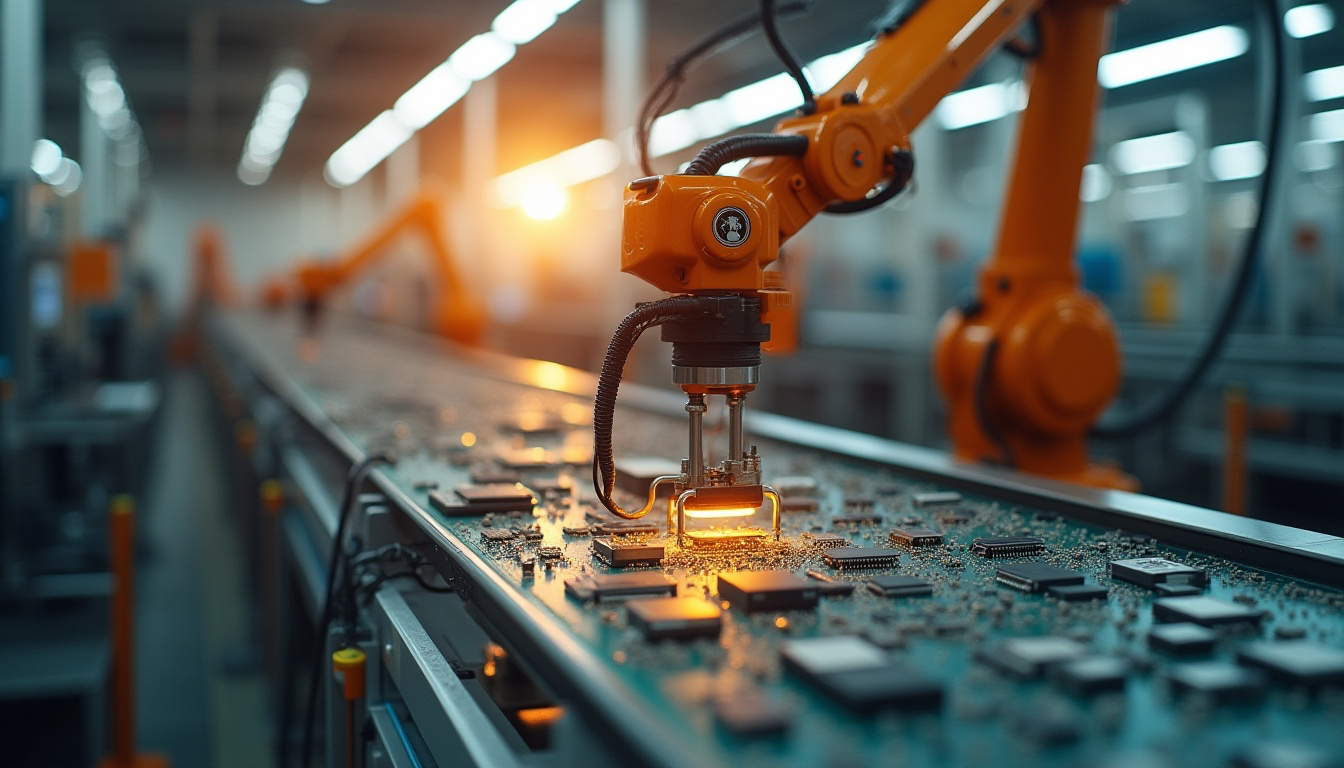Industrial manufacturing has entered a new era where automation is no longer just a competitive advantage — it’s becoming a necessity. From robotics to artificial intelligence (AI), automation is reshaping production lines, improving efficiency, and helping companies stay ahead in a demanding marketplace.
1. The Rise of Automation in Manufacturing
Automation isn’t new, but the technology behind it has advanced rapidly. Traditional mechanical automation has evolved into smart systems that can learn, adapt, and optimize processes in real-time.
- Robotics handle repetitive or dangerous tasks
- AI-driven analytics predict maintenance needs
- Automated inspection systems improve quality control
These innovations are revolutionizing how industrial facilities operate.
"The purpose of automation is not to eliminate human jobs but to free up people for more creative and strategic work."
2. Benefits of Automation in Manufacturing
Automation impacts nearly every part of the production cycle. Key benefits include:
- Increased Efficiency: Automated systems can run 24/7 with minimal downtime.
- Improved Quality: Fewer human errors lead to higher product consistency.
- Cost Savings: Labor costs decrease while output per worker increases.
- Safety Improvements: Dangerous or high-risk tasks can be handled by machines.
For many facilities, these benefits translate directly into higher profitability and a stronger competitive edge.
3. Types of Automation Transforming Industrial Facilities
Several automation technologies are making waves:
- Robotic Process Automation (RPA): For tasks like material handling or packaging.
- Industrial Internet of Things (IIoT): Sensors gather data to optimize production.
- CNC Machines & 3D Printing: Automated precision manufacturing methods.
- Automated Guided Vehicles (AGVs): Move materials safely across large facilities.
Each technology plays a unique role in reducing downtime and improving output.
4. Real-World Applications
Automation is being used in:
- Assembly Lines: Collaborative robots, or “cobots,” work alongside humans.
- Quality Control: Vision systems detect defects instantly.
- Predictive Maintenance: AI predicts equipment failure before it happens.
These applications save time, reduce waste, and create leaner manufacturing systems.
5. Challenges and Considerations
While automation offers massive advantages, it also comes with challenges:
- High Initial Investment: Equipment and software can be costly.
- Workforce Training Needs: Employees require new skills to manage advanced systems.
- Cybersecurity Risks: More connected systems mean stronger security measures are essential.
Facilities must plan carefully to ensure a smooth transition.
6. The Future of Automated Manufacturing
Looking ahead, artificial intelligence, machine learning, and advanced robotics will make manufacturing even smarter. Expect:
- Greater customization capabilities for on-demand production
- Self-optimizing factories that adjust processes automatically
- Closer integration between humans and machines for collaborative work
Automation isn’t replacing people; it’s enabling them to focus on higher-value tasks.
Conclusion
Automation is not just a trend — it’s the future of industrial manufacturing. By investing in smart systems, facilities can reduce costs, improve quality, and stay competitive in an evolving marketplace. The manufacturers who embrace automation today will be the leaders of tomorrow.

